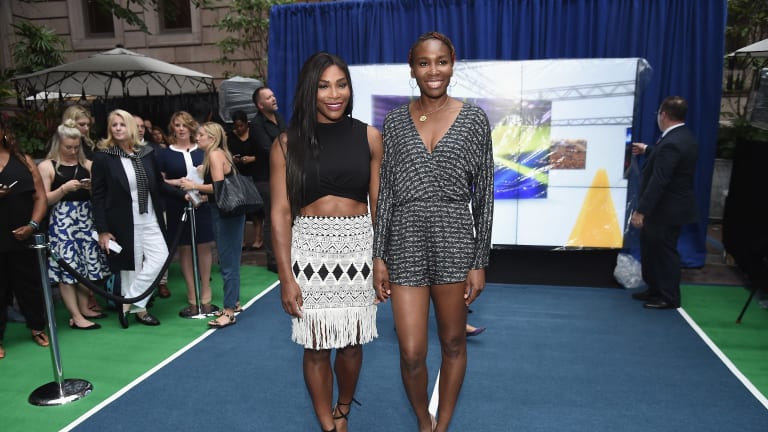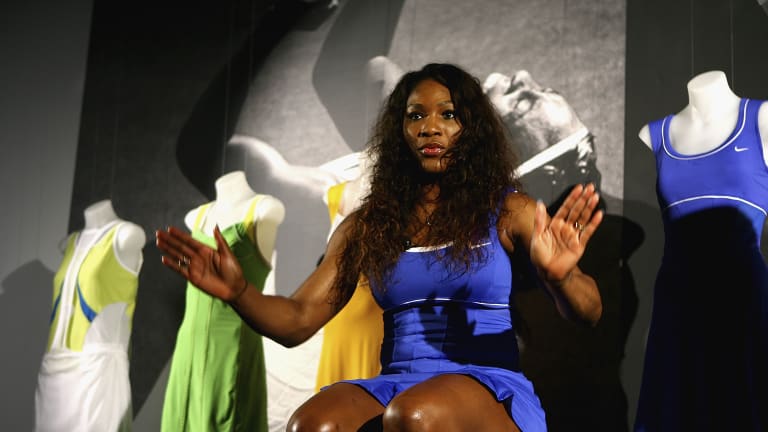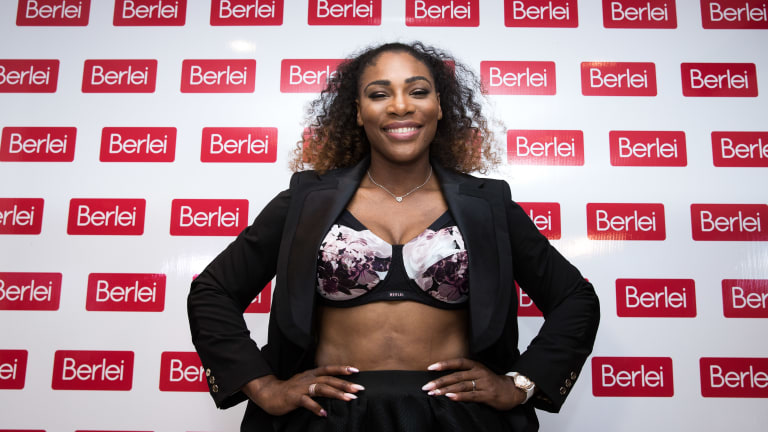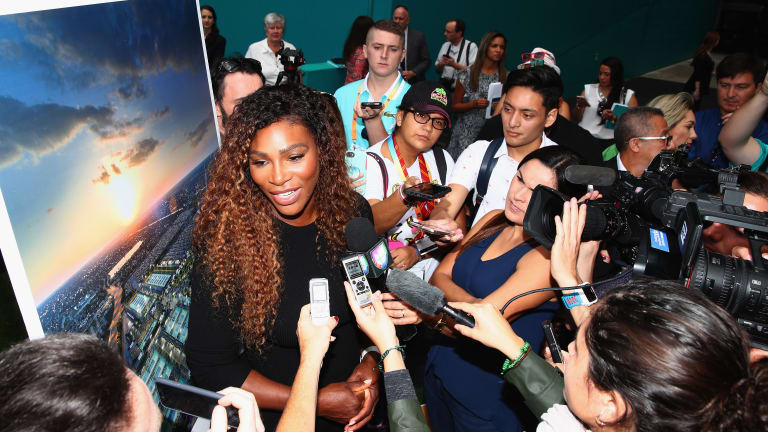#tbt, Money Moves: How Serena Williams set herself up for life after retirement
By Aug 11, 2022Madrid Open unveils expansion plans that impress Carlos Alcaraz and Coco Gauff
By Apr 24, 2025Carlos Alcaraz surpasses 40 million dollars in career prize money after winning Monte Carlo
By Apr 14, 2025University of Virginia men’s tennis team secures permanent 'in perpetuity' funding
By Apr 13, 2025Wimbledon plans to upgrade the fans' favorite hill for 150th anniversary
By Apr 03, 2025Serena Williams joins ownership group of Toronto Tempo WNBA team
By Mar 03, 2025WTA makes call to 'rally the world' with 2025 rebrand
By Feb 28, 2025Jannik Sinner out of Las Vegas exhibition because of doping ban, Casper Ruud to fill in
By Feb 20, 2025Rafael Nadal set for $94-million profit after selling part of his stake in tennis academy
By Feb 11, 2025Mirra Andreeva announces Rolex sponsorship
By Jan 28, 2025#tbt, Money Moves: How Serena Williams set herself up for life after retirement
The 23-time Grand Slam champion has been preparing for the chapters beyond tennis since the moment she lifted her first WTA trophy.
Published Aug 11, 2022
Advertising

Serena signed her first major endorsement deal with Puma in 1997.
© 1999 Getty Images
Advertising

Long before Serena (left) climbed up the rankings, Richard Williams made sure his daughter's Puma contract included performance bonuses for when she reached the Top 10.
© 2016 Getty Images

Serena’s corporate partnerships are now a double digit who’s who list of blue-chip brands, including her biggest sponsor: Nike.
© 2012 Getty Images
Advertising

In 2016, Serena became the world's highest paid female athlete, earning almost $29 million in a single year.
© Getty Images
Advertising

Serena’s record $94.6 million in career prize money is more than double the WTA Tour’s second-highest earner: big sister Venus with $42.3 million.
© 2018 Getty Images